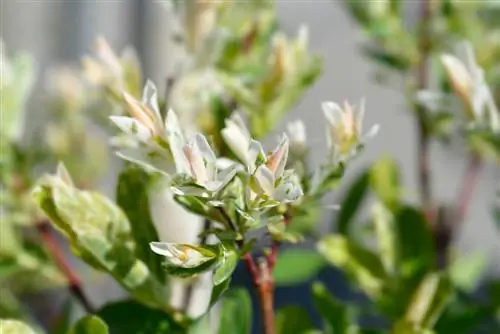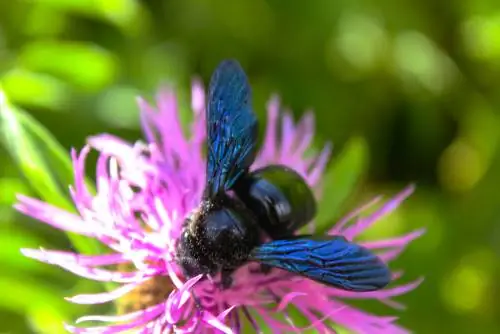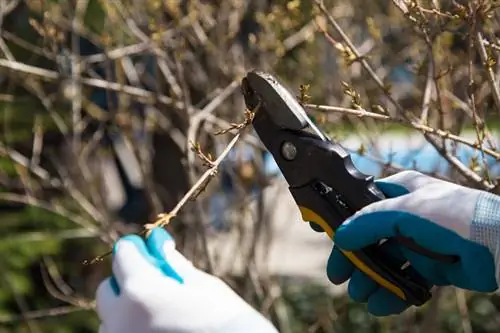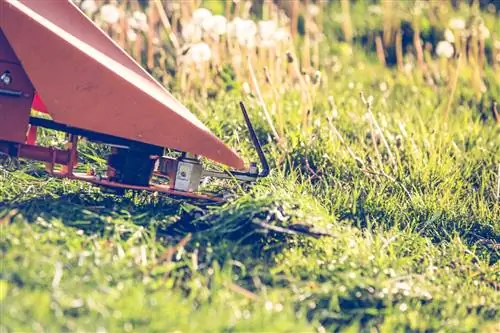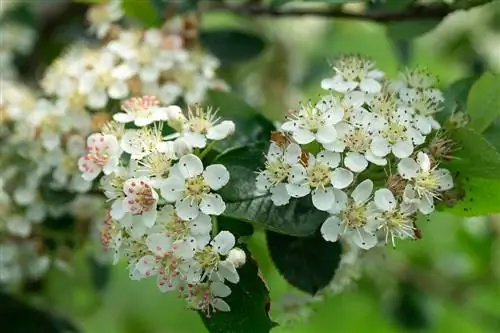- Author admin [email protected].
- Public 2023-12-16 16:46.
- Last modified 2025-01-23 11:22.
The harlequin willow is not just visually beautiful. It can also be used as a bee pasture. However, there are a few things you should pay attention to. Here you can find out how to keep the tree bee-friendly.

Why is Harlequin Willow good for bees?
The Harlequin willow (Salix integra 'Hakuro Nishiki') is an important food source for bees as it provides both nectar and pollen. To encourage flower formation, avoid early pruning and choose a sunny location with loose, nutrient-rich soil.
What does the Harlequin Willow provide bees with?
The flowers of the harlequin willow (Salix integra 'Hakuro Nishiki') provide bees with plenty of food withnectarandpollen. During the flowering period from March to April, the beautiful catkins of the harlequin willow support many species of bees. If you plant the beautiful ornamental tree in your garden, you will also provide care for some species of wild bees and contribute to the preservation of biodiversity. You can also plant the harlequin willow in a small garden, keep it as a standard tree in a pot or look after bees from the urban balcony.
How do I get the harlequin willow flowers for the bees?
If you forgo early pruning and let the harlequin willowbloom, you guarantee a supply of bees. The fresh leaf shoots of the harlequin willow are sometimes mistaken for flowers. This can lead to the ornamental tree being accidentally cut too early and shaped into a ball and no longer producing flowers at all. You should avoid this. Only when the flowers form does the harlequin willow offer the bees a source of food.
Which harlequin willows help bees?
Bothmaleand femaleHarlequin willow provide food for bees. Both versions of the willow species produce flowers that are useful for insects. So you don't have to take this into account when choosing your harlequin willow. Choosing the right location, on the other hand, can encourage flower formation and thus have a positive effect. It's best to pay attention to the following things:
- sunny (or partially shaded) but no blazing midday sun
- loose soil with enough nutrients
Tip
Native willow species as alternatives
Although harlequin willow supports bees, native willow species can be an even more bee-friendly alternative. The willow (Salix caprea) or the willow (Salix aurita) often produce overflowing flowers. Accordingly, the supply of such plants can provide more food for bees. However, they don't promise you such a beautiful little tree.

